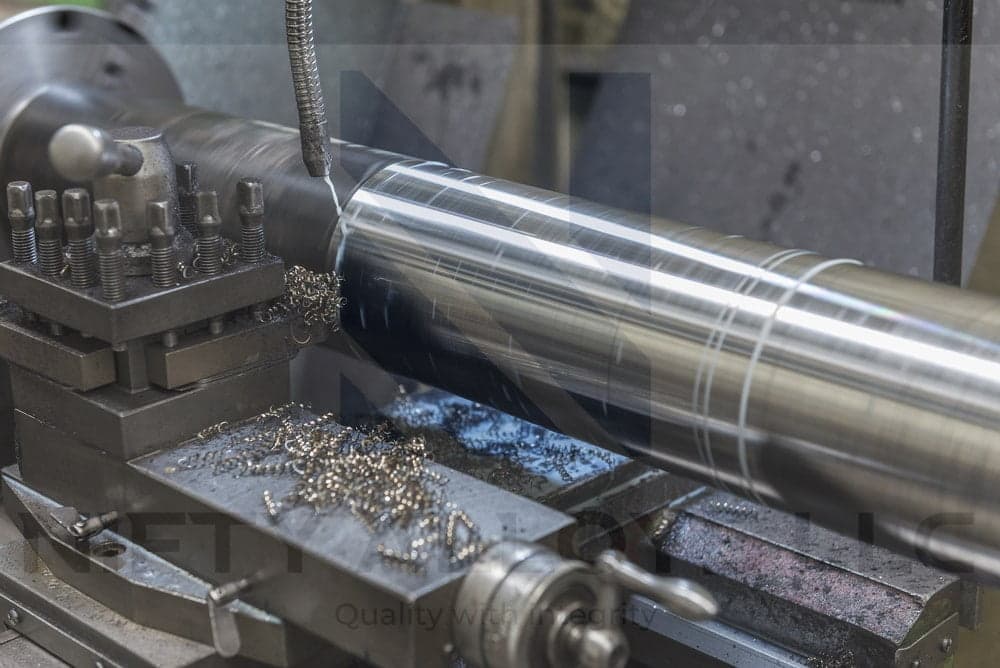
905M39 Nitriding Steel – Supplier & Stockist in UAE
905M39, also known as EN40B Nitriding Steel, is a high-grade nickel-chromium-molybdenum alloy steel designed for exceptional surface hardness and core strength. It’s ideal for components that need wear resistance, fatigue strength, and dimensional stability after nitriding.
At Nifty Alloys LLC, we supply 905M39 Nitriding Steel in round bars, billets, and forged forms to meet global engineering requirements. As a leading steel stockist in the UAE, we serve clients across the oil & gas, aerospace, power generation, and automotive industries.
You can rely on 905M39 for parts that require a hard nitrided case and a tough, ductile core, making it a preferred material for gears, shafts, and spindles in high-performance machinery.
Key Features and Benefits
- High Surface Hardness: Achieves up to 1000 HV through nitriding, ideal for wear-intensive parts.
- Excellent Core Strength: Retains a ductile, shock-resistant core even after surface hardening.
- Outstanding Wear & Fatigue Resistance: Perfect for components under cyclic loads.
- Dimensional Stability: Maintains precision during heat treatment and nitriding.
- Machinability: Easily machinable in the softened condition before hardening.
- Uniform Case Depth: Enables consistent nitrided layers through gas or ion nitriding.
Applications of 905M39 steel
Chemical Composition of 905M39 Steel
Annealing of 905M39 steel
Equivalent Grades of 905M39 Steel
Tempering of 905M39 steel
Mechanical Properties of 905M39 Steel
Heat Treatment and Nitriding Process

Elevate Your Projects with
with
 Our Superior Steels
Our Superior Steels


Nifty Alloys LLC is a trusted supplier and exporter of 905M39 (EN40B) Nitriding Steel based in the UAE. We deliver precision-engineered steel materials that meet the highest standards of quality, strength, and performance. Whether you need bars, billets, or forgings, we provide ready stock and global shipping to support your project needs.









